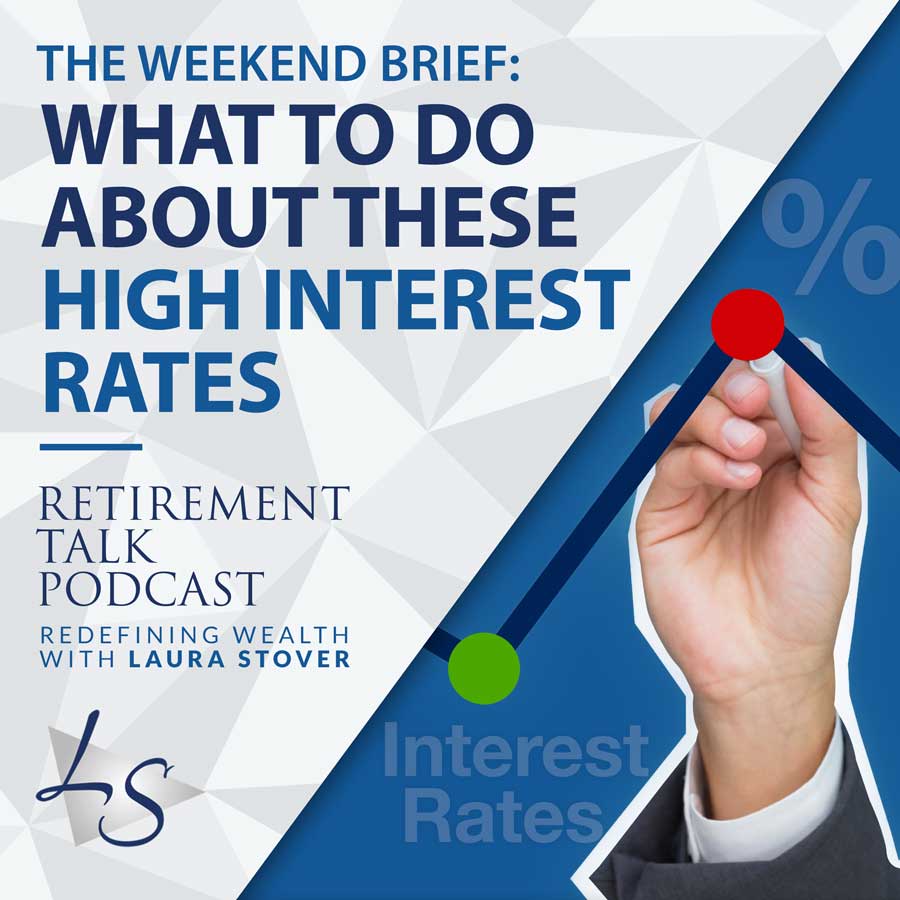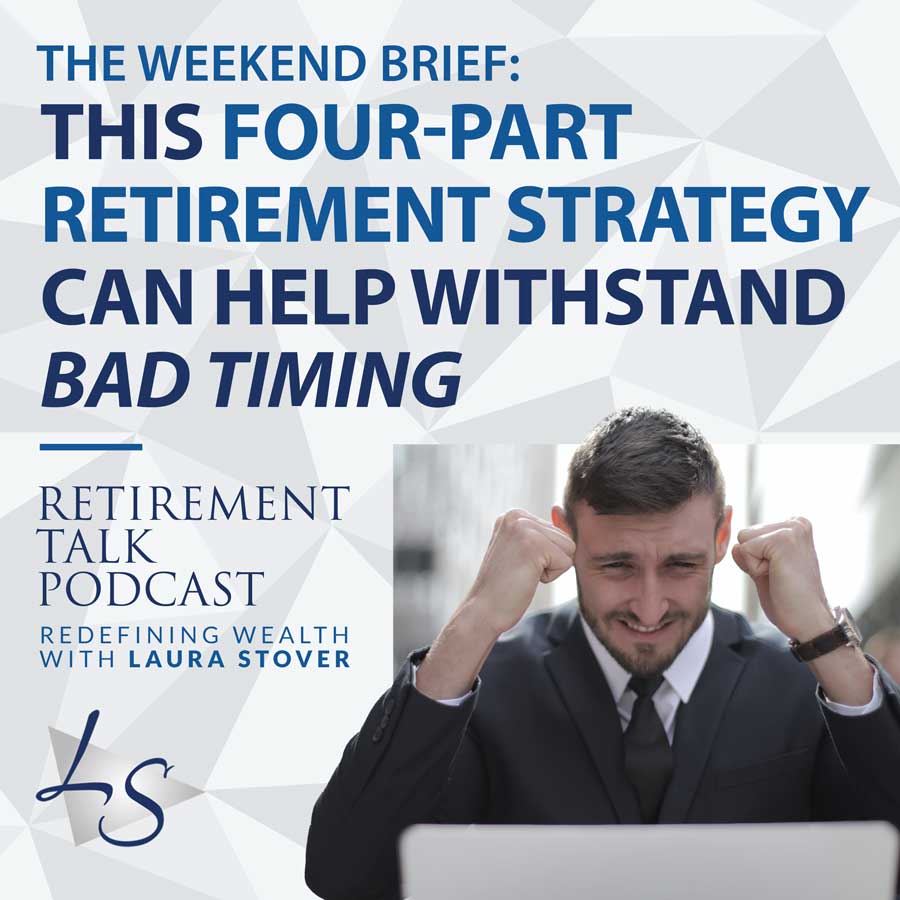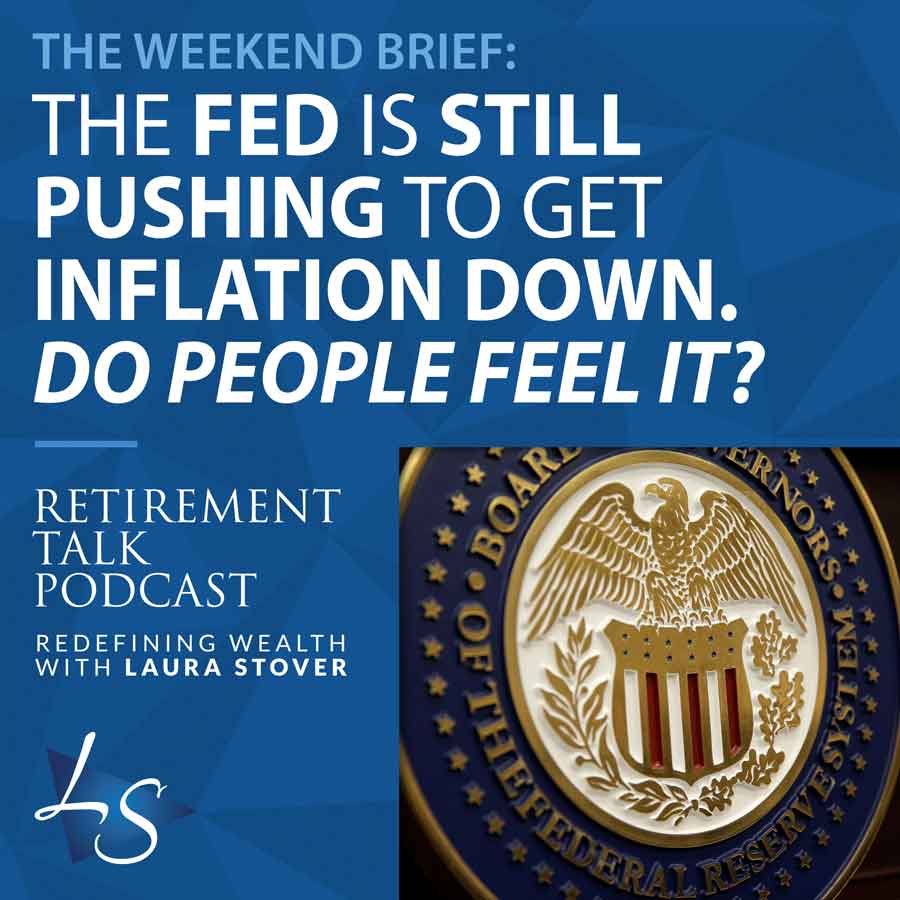Laura Stover, RFC®, takes on the topic of interest rates today, and how they relate to your financial future. It is important to consider the historical context of interest rates. Over the past few decades, interest rates have been kept artificially low by central banks around the world. This was done in an effort to stimulate economic growth and prevent deflation. However, it was only a matter of time before rates began to rise.
If we look back to the 1970s, interest rates were much higher than they are today, even 19% at one point. This was a period of high inflation and economic instability, and the Fed’s actions were aimed at cooling down the economy and reducing inflationary pressure.
In comparison, the current interest rates are still relatively low. While they may feel high for those who have only experienced the last 20 years of low rates, they are nowhere near the levels seen in the past.
When the Federal Reserve raises interest rates, it aims to increase the cost of credit throughout the economy. This makes loans more expensive for businesses and consumers, leading to a reduction in borrowing and spending. The Fed funds rate, which is the rate at which commercial banks charge each other for short-term loans, has a direct impact on the cost of borrowing for individuals and businesses.
Higher interest rates can have a negative impact on the stock market, as businesses may amend or pause plans for growth due to the increased cost of borrowing. However, it is important to note that the relationship between interest rates and the stock market is not always straightforward. In some cases, rising rates can actually be a sign of a strong economy, which can be positive for stocks.
In light of the current interest rate environment, it is crucial to have a well-diversified portfolio that can weather different market conditions. This means having a mix of assets that can provide both growth and stability. One approach to achieving this is through the use of a bucket strategy.
The bucket strategy involves dividing your savings into different buckets, each with a specific purpose and time horizon. The first bucket is for immediate cash needs and should be held in liquid accounts such as high-yield savings or money market accounts. The second bucket is for intermediate-term expenses and can be invested in low-risk assets such as bonds or CDs. The third bucket is for long-term growth and can be invested more aggressively in stocks or other higher-yield investments.
By diversifying your portfolio in this way, you can take advantage of higher fixed rates for your liquid bucket while still having the potential for growth in your long-term bucket. This approach allows you to balance risk and reward and ensure that you have access to funds when you need them while also allowing your savings to grow over time.
In a rising interest rate environment, we also discuss alternatives to traditional bank products. One option is a Treasury Floating Rate Fund (T-Flo), which is a low-cost, fully liquid investment linked to U.S. government debt. These funds can provide a higher yield than traditional bank accounts while still offering the safety and security of U.S. Treasury bonds.
Another option to consider is a Multi-Year Guaranteed Annuity (MYGA), which is a type of fixed annuity that offers a guaranteed interest rate for a set period of time. MYGAs can provide a stable source of retirement income and can be a good option for those looking for a higher interest rate than what is currently available in bank CDs.
Structured notes are also worth exploring as a fixed alternative. These notes are linked to the performance of an underlying asset, such as a stock or index, and can provide a higher yield than traditional fixed-income investments.
While it is impossible to predict the future direction of interest rates with certainty, there are a few key factors to consider. The Federal Reserve has indicated that it plans to continue raising rates in the coming months, although the pace of rate hikes may slow down. Additionally, inflation is currently at historically high levels but is expected to decline in the months ahead.
It is important to stay informed and regularly review your portfolio allocation to ensure that it is aligned with your risk profile and financial goals. Working with a qualified financial advisor can help you navigate the changing interest rate environment and make informed decisions about your retirement savings.
Rising interest rates can have a significant impact on your retirement plans. It is important to understand the historical context of interest rates and the implications of rising rates on various aspects of the economy. By diversifying your portfolio and exploring fixed alternatives, you can mitigate the risks associated with rising rates and position yourself for a secure retirement. Stay informed, seek professional advice, and make adjustments as needed to ensure that your retirement plan remains on track.
Rate, Review and Subscribe to the Podcast:
https://podcasts.apple.com/us/podcast/retirement-talk-podcast-with-laura-stover/id571347188
How to Connect:
redefiningwealth.info
lswealthmanagement.com
Schedule a Review: https://redefiningwealth.info/schedule/
Redefining Wealth® Custom Blueprint Income Plan: https://redefiningwealth.info/schedule/
Timestamps (show notes):
0:01:57 Discussion on the impact of interest rates on the economy
0:05:41 Explaining the relationship between interest rates and the stock market
0:07:00 Consumer spending and its role in the economy
0:08:03 Concerns about a potential recession and inflation
0:09:55 Historical perspective on interest rates
0:13:23 Importance of diversification and having a liquid bucket
0:16:26 Explanation of the bucket strategy for retirement savings
0:17:44 Discussion on treasury floating rate funds as a diversification option
0:20:41 Explanation of the inverse relationship between bond prices and interest rates
0:21:50 Introduction of multi-year guaranteed annuities as an investment option
0:23:42 Mention of structured notes and evaluation of existing annuities
0:24:56 Discussion on increasing annuity payouts due to rising interest rates
0:28:04 Importance of having a growth bucket for long-term retirement savings
Listen & Subscribe
Click on logos below.












